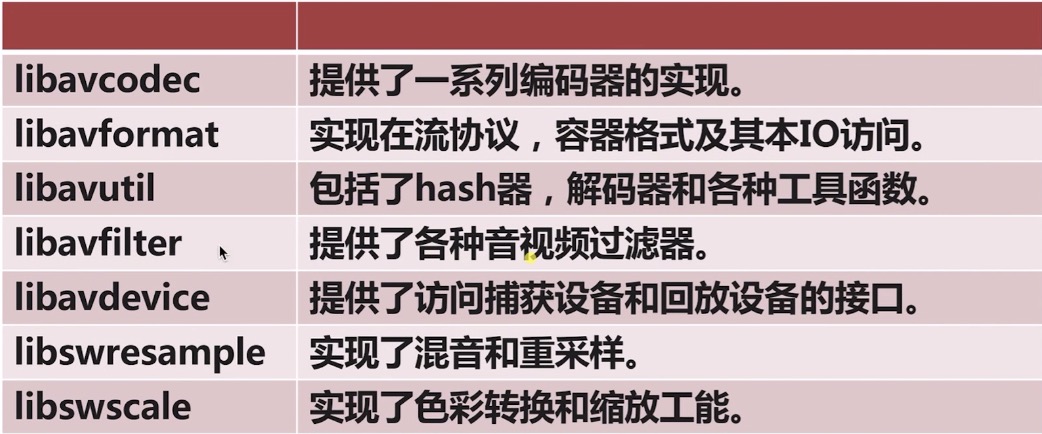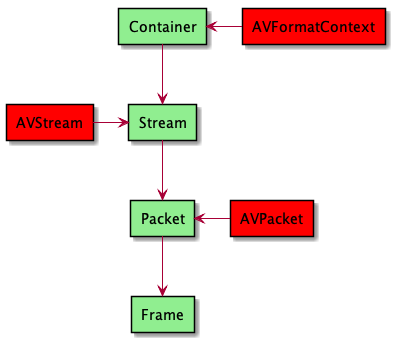1
2
3
4
5
6
7
8
9
10
11
12
13
14
15
16
17
18
19
20
21
22
23
24
25
26
27
28
29
30
31
32
33
34
35
36
37
38
39
40
41
42
43
44
45
46
47
48
49
50
51
52
53
54
55
56
57
58
59
60
61
62
63
64
65
66
67
68
69
70
71
72
73
74
75
76
77
78
79
80
81
82
|
static int alloc_and_copy(AVPacket *out,
const uint8_t *sps_pps, uint32_t sps_pps_size,
const uint8_t *in, uint32_t in_size)
{
uint32_t offset = out->size;
uint8_t nal_header_size = offset ? 3 : 4;
int err;
err = av_grow_packet(out, sps_pps_size + in_size + nal_header_size);
if (err < 0)
return err;
if (sps_pps)
memcpy(out->data + offset, sps_pps, sps_pps_size);
memcpy(out->data + sps_pps_size + nal_header_size + offset, in, in_size);
if (!offset) {
AV_WB32(out->data + sps_pps_size, 1);
} else {
(out->data + offset + sps_pps_size)[0] =
(out->data + offset + sps_pps_size)[1] = 0;
(out->data + offset + sps_pps_size)[2] = 1;
}
return 0;
}
int h264_extradata_to_annexb(const uint8_t *codec_extradata, const int codec_extradata_size, AVPacket *out_extradata, int padding){
...
while (unit_nb--) {
...
if ((err = av_reallocp(&out, total_size + padding)) < 0)
return err;
memcpy(out + total_size - unit_size - 4, nalu_header, 4);
memcpy(out + total_size - unit_size, extradata + 2, unit_size);
extradata += 2 + unit_size;
pps:
if (!unit_nb && !sps_done++) {
unit_nb = *extradata++; /* number of pps unit(s) */
if (unit_nb) {
pps_offset = total_size;
pps_seen = 1;
}
}
}
if (out)
memset(out + total_size, 0, padding);
...
}
int h264_mp4toannexb(AVFormatContext *fmt_ctx, AVPacket *in, FILE *dst_fd){
...
do {
...
if (unit_type == 5) {
h264_extradata_to_annexb( fmt_ctx->streams[in->stream_index]->codec->extradata,
fmt_ctx->streams[in->stream_index]->codec->extradata_size,
&spspps_pkt,
AV_INPUT_BUFFER_PADDING_SIZE);
if ((ret=alloc_and_copy(out,
spspps_pkt.data, spspps_pkt.size,
buf, nal_size)) < 0)
goto fail;
}
...
len = fwrite( out->data, 1, out->size, dst_fd);
fflush(dst_fd);
...
} while (cumul_size < buf_size);
}
int main(int argc,char* argv[]){
...
while(av_read_frame(fmt_ctx, &pkt) >=0 ){
if(pkt.stream_index == video_stream_index){
h264_mp4toannexb(fmt_ctx, &pkt, dst_fd);
}
av_packet_unref(&pkt);
}
...
}
|


